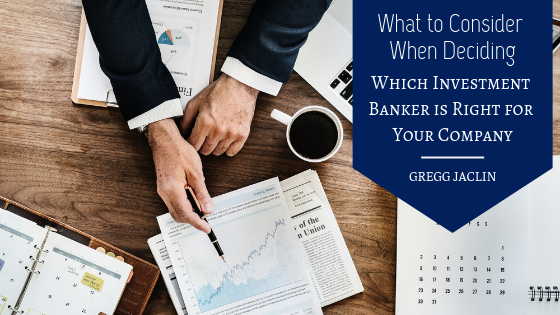Originally posted for Uplisting.com.
In order to Uplist to NASDAQ or NYSE, there is no requirement that your company undertakes an offering to raise capital, provided you meet the Exchange requirements. Specifically, if your company has the required amount of shareholders and at least $5 million in shareholders equity, then a simultaneous capital raise is not necessary as part of the Uplist process. However, many companies who are looking to Uplist may need to undertake a simultaneous registered offering in order to meet the thresholds required by a higher exchange.
For example, both exchanges require a positive shareholders equity of at least $5 million and for the company to have at least 300 shareholders. Some OTC companies do not meet these requirements and therefore may need to undertake a registered offering in order to raise the capital required to meet the shareholders equity requirement as well as to bring in the retail shareholders to meet the requirement of having at least 300 shareholders.
If your company needs to undertake a registered offering, you will need an investment
banker to underwrite such offering. At Uplisting.com, we have worked with many of the small and mid-cap investment bankers who underwrite the types of registered offerings mentioned above. These bankers have experience working with OTC companies who need to raise capital as part of the Uplist process.
In addition to meeting the requirements for an Uplist, a registered offering might allow your
company to raise capital on more favorable terms than a PIPE or other type of financing. At
Uplisting.com, we suggest that you raise the minimum amount of funds necessary to get to the higher exchange and then raise additional funds once you are on the higher exchange which, likely, will be at a higher valuation. We educate our clients on the time, cost and process for a registered offering so they can make the proper decision when choosing a banker and evaluate, with their counsel, the terms and proposals.
These are some preliminary considerations when deciding which investment banker is best for your company:
1 . Capabilities/Credentials/Experience . Who will lead the equity capital markets and syndication functions for your company’s offering? Who will be your company’s primary day-to-day contact at the banking firm? What are the most relevant transactions they have worked on and how successful have those deals been?
2. Positioning/Knowledge of the company/valuation methodology. What is the recommended positioning of your company? What is the proposed strategy for positioning relative to other comparable or competitive companies? Which companies represent the best comps? How would your company be differentiated from some of the recent offerings (attempted or completed) in your sector? Has the bank provided a description of the valuation methodology it is using to value your company? What valuation metrics will investors focus on?
3. Shared values. Take your time and make sure you are picking a banker that shares your
values and spirit. You need to work with a banker that is excited about your vision for the
company. What level of vetting has the banker conducted with its research analyst to date and what can they share about their analyst’s view of your company? Is the bank currently working with any of your competitors? If so, has it decided how to address potential conflicts of interest?
4. Execution strategy. Are the senior members of the investment banking team committed to attending the organizational meetings, drafting sessions, and other key meetings? What process does the bank follow for pricing and allocating shares? What are the bank’s views on stabilization activities and strategies, including willingness to commit capital?
5. Aftermarket support. Have the banks described their firm’s aftermarket services, including non-deal road shows. What conferences and other industry or investor events does the bank sponsor that are suitable for your participation? Ask the bank to describe its research coverage expertise in the life science industry, and in your targeted therapeutic areas, if any. Do they have a strong retail division?

